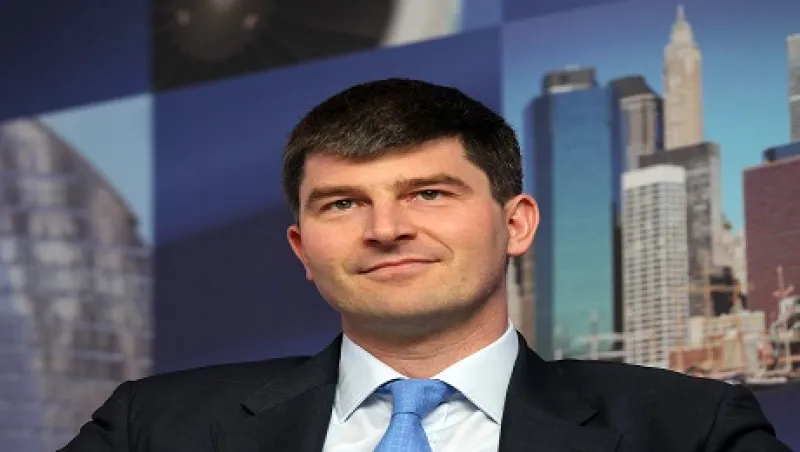Three years ago Roland Nash, one of the most astute economists and investment strategists in Russia, quit Moscow-based investment bank Renaissance Capital to join tiny Verno Capital, a specialist start-up focused on emerging markets.
“We’ve got lots of new money looking at emerging markets — the money that used to be invested into the U.S. or European countries,” Nash said at the time in an interview with Russian television network RT. Since then, the flows have only gotten greater.
In the quarter ended December 2012, according to Chicago-based hedge data firm HFR, hedge fund capital invested in emerging markets rose $11.2 billion to a record $139 billion. HFR’s HFRI Emerging Markets Index gained more than 10 percent for all of 2012, including a gain of 4.8 percent in the fourth quarter, with contributions across each of the BRIC economies, representing an increase of R$272 billion in Brazil, RUB 4.2 trillion in Russia, 7.5 trillion rupees in India and 867 billion yuan in China.
Easy monetary policy in developed markets drove the emerging-markets gains and capital flows, says Kenneth Heinz, president of HFR. Indeed, net inflows into emerging-markets-hedge funds accounted for $3 billion of the net $3.4 billion that went into the global hedge fund industry, reports HFR.
Nash is confident that the flow will continue. “You’re looking at a group that is 55 percent of the world’s [population], growing to 75 percent. With emerging markets performing the way they have and only 5 percent of institutional assets allocated to the emerging markets, I think we’ve broken the mindset of asset managers,” says Nash. And once the mindset is broken and managers have made that leap of understanding, “there should be even bigger inflows.”
Private capital inflows into emerging markets are also expected to rise, to $1.12 trillion in 2013, up from $1.08 trillion in 2012, according to the Institute of International Finance. The Washington, DC–based trade group for financial institutions predicts private flows will increase to $1.15 trillion in 2014. The flow of private capital is still lower than in the period from 2005 to 2007, but monetary conditions in mature economies and favorable growth in emerging economies should continue the upsurge, the IIF predicts.
Quantitative easing and competitive devaluation are pulling investors further out on the risk curve so that they are comfortable with the risks of the emerging markets and the concomitant rewards, explains Michael Tobin, a veteran emerging-markets hedge fund marketer in New York. “The perception is that growth in the developed markets is flatlining or dead, and anemic in the U.S.,” Tobin says. Many emerging-markets economies that have underperformed in the past are due for a rally, he adds.
“The most exciting economic strength stories come from emerging markets in Asia and Latin America,” notes Benjamin Pace III, chief investment officer for the Americas at Deutsche Bank, in a recent report. And although emerging-markets economies are not as decoupled from the developed markets as many would like to believe, he writes, “the emergence process of the past 20 years has enabled many emerging markets to build their own middle class and domestic consumption, so they are not quite as reliant on exports as they used to be.”
“You are looking at economic growth that is being driven, in great part, by domestic demand,” says Hiren Ved, chief investment officer at Alchemy Capital, a Mumbai-based long-short fund that manages nearly $500 million in assets. As investors get more comfortable with the economic infrastructures in emerging markets, the rate of investing will naturally ramp up, says Ved, whose Alchemy India Long Term Fund was up more than 42 percent in 2012.
Not all investors are increasing their allocations, however. Since its launch in 2009, BTG’s Global Emerging Markets and Macro (GEMM) Fund has accumulated $5 billion in emerging-markets-targeted assets, but now its managers believe the markets might already be too saturated to generate alpha. The bank says it has turned away about $500 million. “2013 is the year when we need to prove we can drive with a better car [before we take on more assets],” noted Antoine Estier, GEMM’s co-chief investment officer in a press release earlier this year.
Nash, however, thinks that most investors will continue to move into emerging markets. “It is surprising that emerging markets aren’t receiving an even greater amount,” he says. “As institutions investing in developed markets find it [increasingly] difficult to generate sustainable returns — for the short or the long term — they [will] recognize the opportunities for superior returns from the emerging markets.”
“If emerging-markets assets once were seen as risky assets, they are much less [risky] now.”






